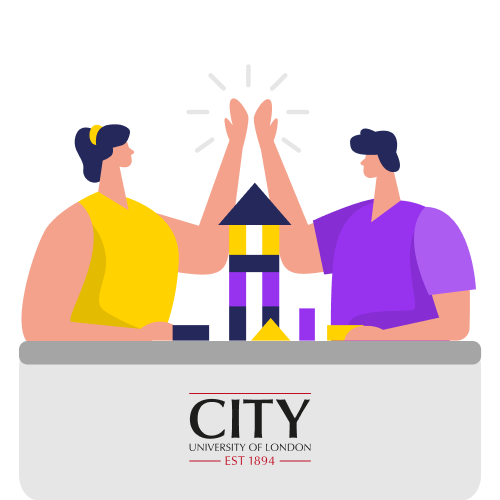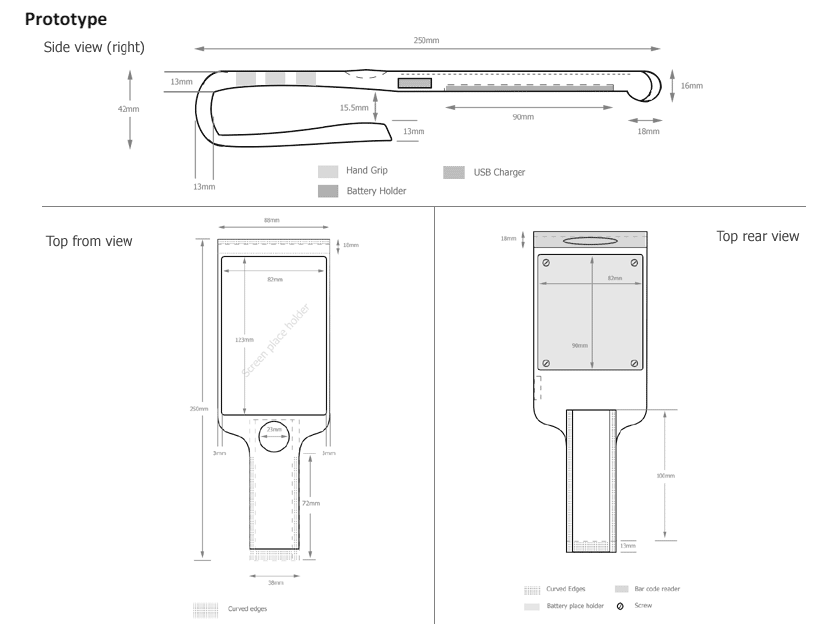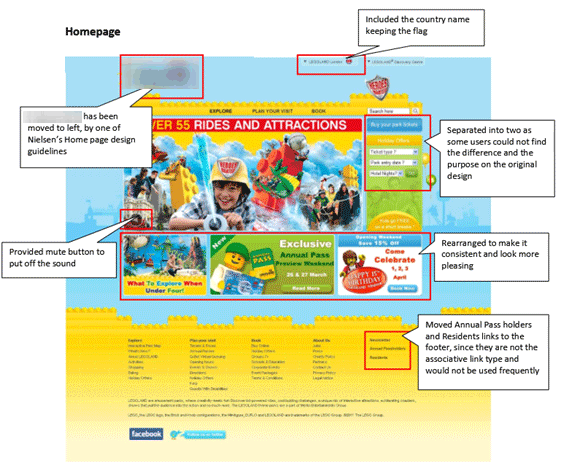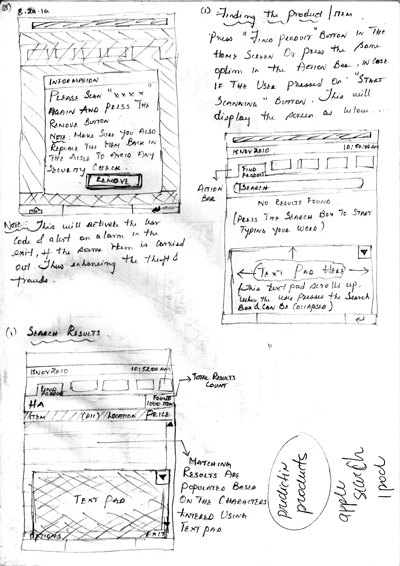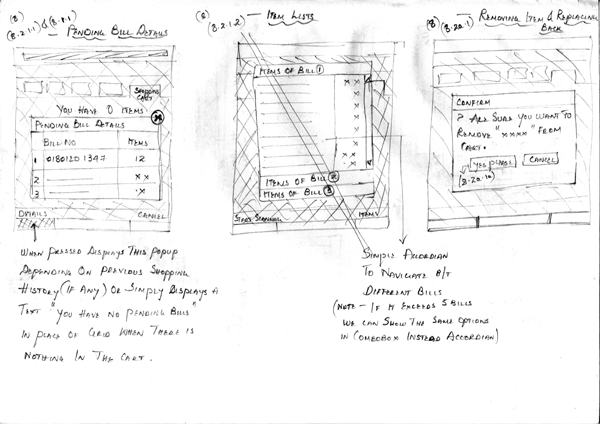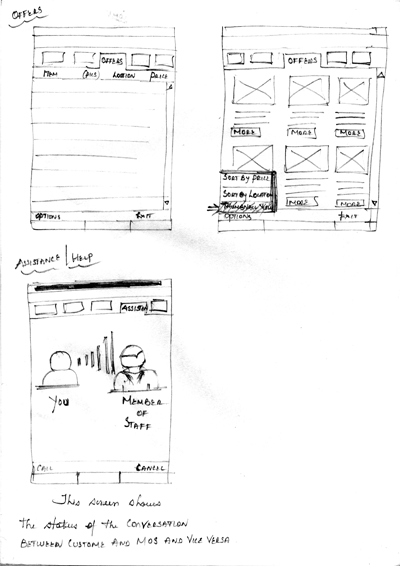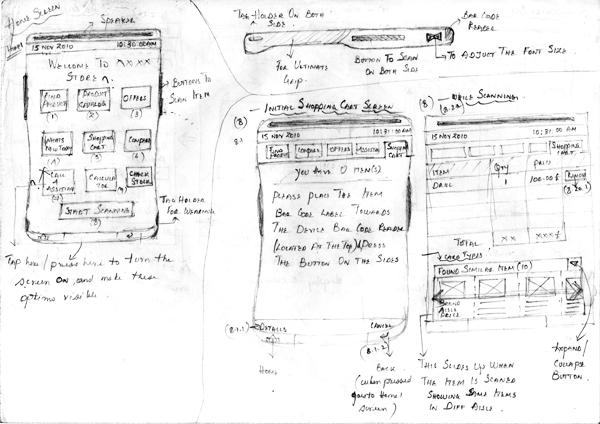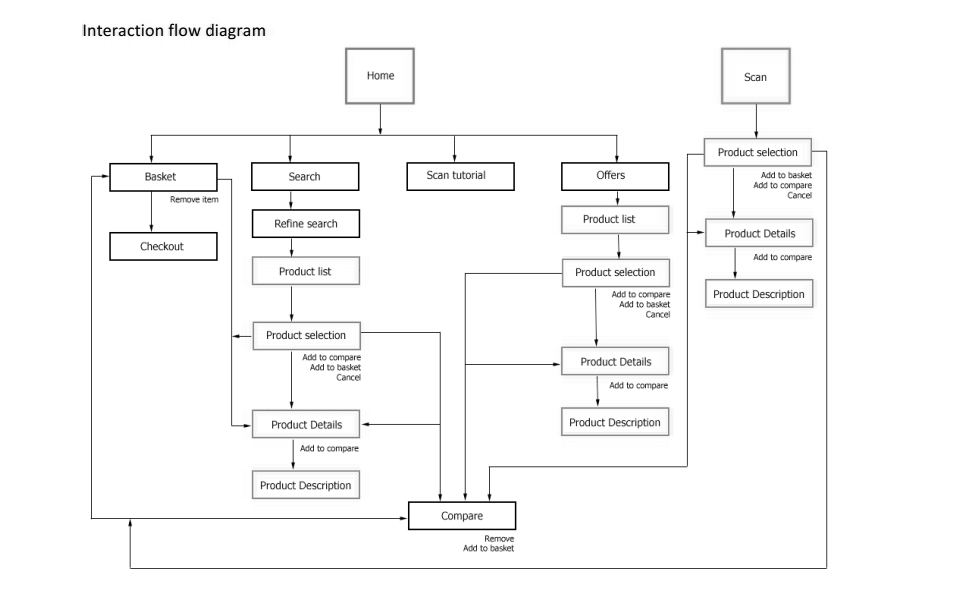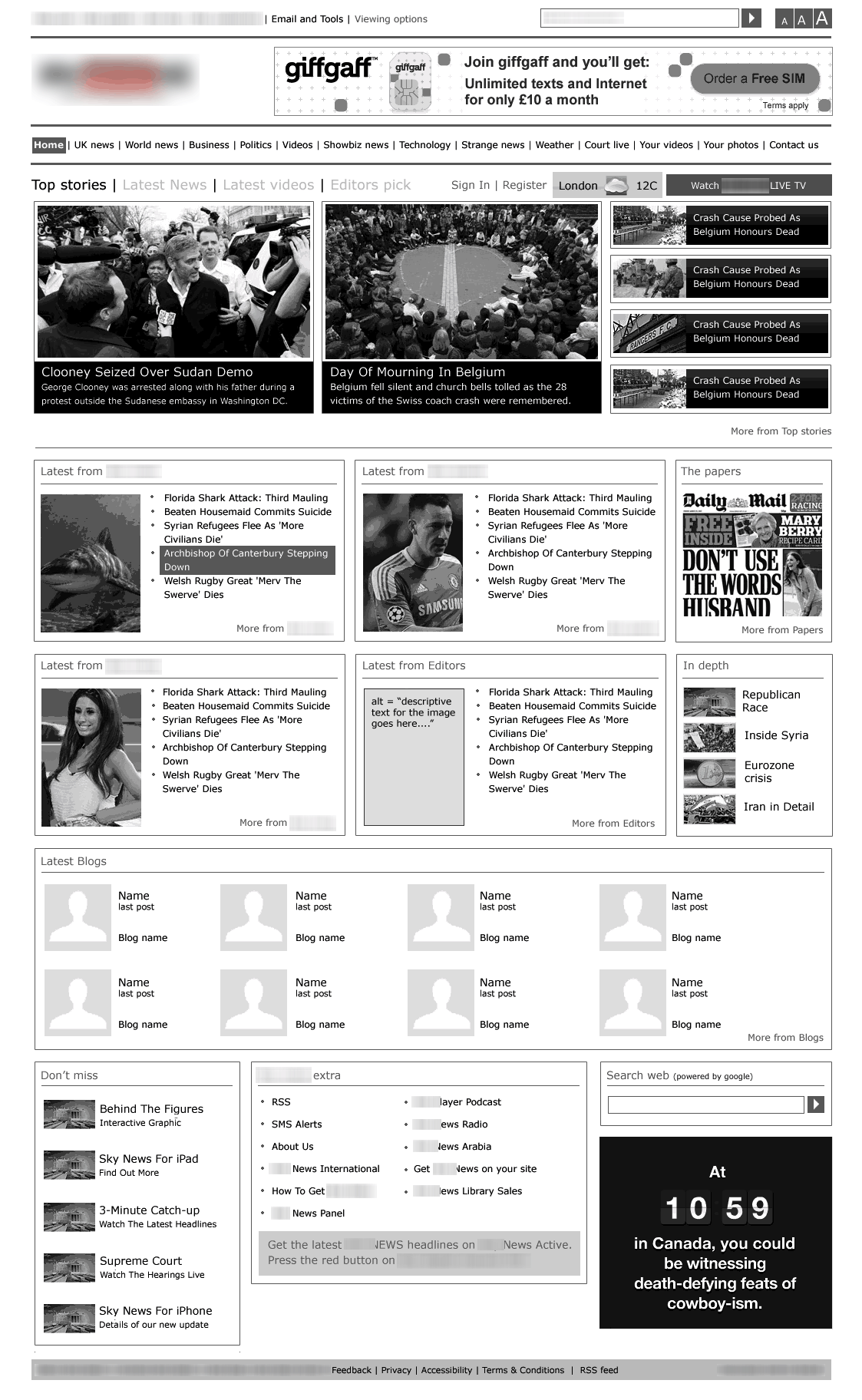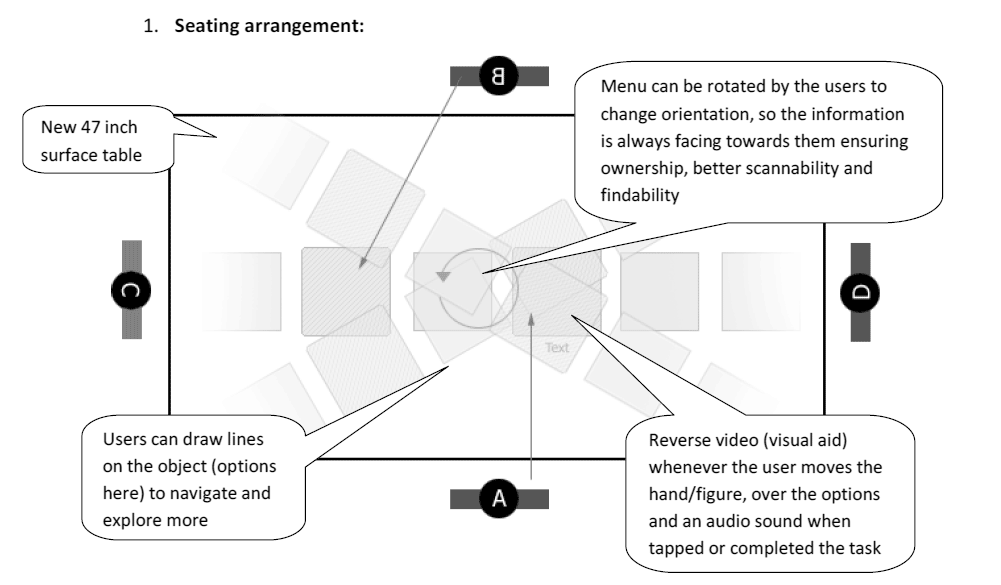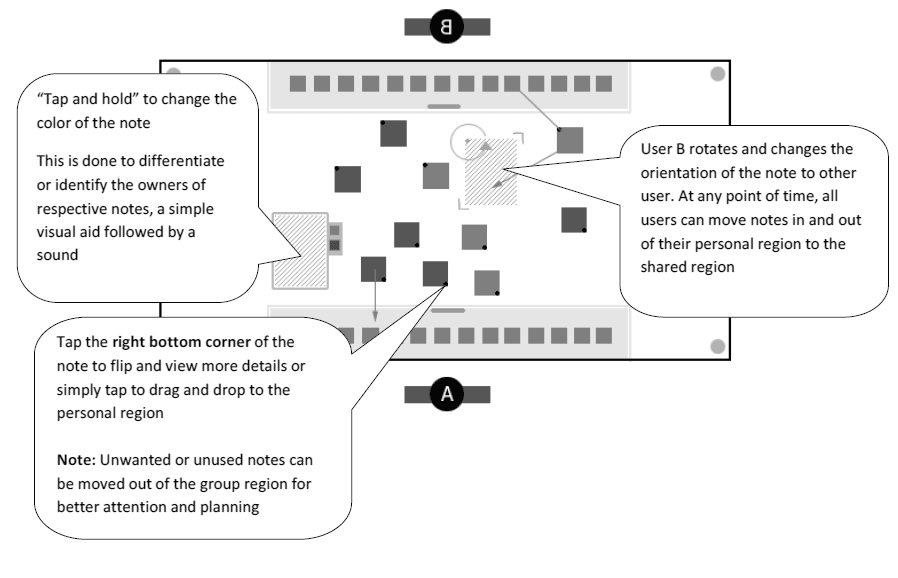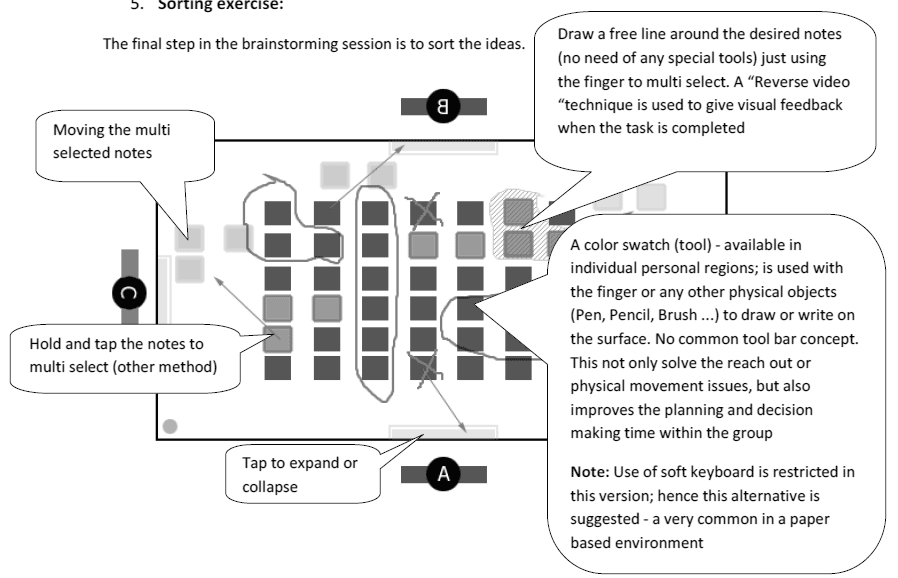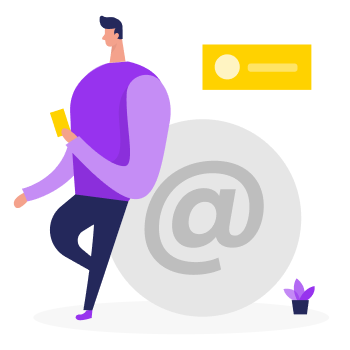During my Master's program in Human-Computer Studies (HCS) at City
University, I engaged in a multifaceted exploration of the
intersection between technology and human interaction. This
program provided me with a comprehensive understanding of how
users interact with computer systems, and it equipped me with the
necessary skills to design more intuitive and effective user
interfaces. The coursework involved a diverse array of subjects,
including user experience design, interaction design, cognitive
psychology, and usability testing. Each subject contributed to a
holistic perspective on how people engage with digital platforms
and tools. For instance, studying cognitive psychology allowed me
to grasp the mental models users employ when navigating
technology, while courses in usability testing taught me how to
assess and refine user experiences based on empirical feedback.
One of the highlights of my academic journey was my involvement in
collaborative group projects, which simulating real-world
scenarios where cross-disciplinary teamwork was essential.
In addition to hands-on projects, I also had the opportunity to
engage with industry professionals through guest lectures and
networking events. These interactions provided invaluable insights
into current trends and best practices in the field of HCS while
allowing me to build connections that would prove beneficial for
my career. As part of my Master's thesis,I conducted a
comprehensive research project aimed at assessing content
organization and the utilization of folders within an
organization. This process included designing the study,
recruiting participants, and analyzing data to explore how
effective content organization could improve employee engagement
and information retention. The results not only added to the
academic conversation surrounding technology but also underscored
the practical implications of different user's mental model.
Here are some additional activities I participated in during my
master's program at City University.
-

Accessibility review
This section is part of the Inclusive Design module. Its
objective is to assess an online news website in compliance
with WCAG 2.0 accessibility guidelines by utilizing suitable
evaluation methods. Furthermore, we will redesign specific
pages informed by user research and findings. The user
research focused on individuals with Asperger's syndrome and
High-Functioning Autism. The screenshot below showcases the
redesigned homepage reflecting my recommendations.
-

Expert review
This section focuses on the usability evaluation module. The
goal is to identify usability challenges related to the online
platform of an amusement theme park, with particular attention
to the shopping cart. I utilized relevant evaluation methods
to assess these issues and subsequently redesigned certain
pages based on the insights gathered. The following screenshot
displays the updated homepage, reflecting my recommendations
and adjustments made in line with established design
principles and Gestalt laws.
-

DIY Self Checkout Device project
This project was part of the Interaction Design module, and it
involved collaboration among three students, including myself.
Our objective was to design a new self-checkout device
tailored for a DIY store, grounded in extensive user research
and interaction techniques. Each of us participated in various
stages, such as gathering requirements, shadowing users,
analyzing findings, and defining user mental models through
affinity diagrams. We also engaged in brainstorming sessions
and conceptual design development. Subsequently, we
distributed specific tasks to finalize the report and
coursework. My individual contributions included drafting the
interaction document and creating a 3D model of the device
using Google SketchUp. Additionally, we developed a clickable
prototype utilizing the Expression Sketch flow tool as an
add-on.
-

Microsoft Surface in Brainstorming and Group work (A
cognitive study)
This project falls under the cognition technology module,
focusing on the application of Microsoft Surface in
brainstorming and collaborative activities. The objective is
to explore its effectiveness using principles from cognitive
psychology and analytic techniques, specifically GMOS. While
there were no limitations regarding hardware size, the number
of participants was capped at four, allowing each individual
to engage in multiple tasks at their own pace. Academic
literature was reviewed to inform the methodologies employed,
and recommendations were substantiated by developing a
storyboard, as depicted below.
